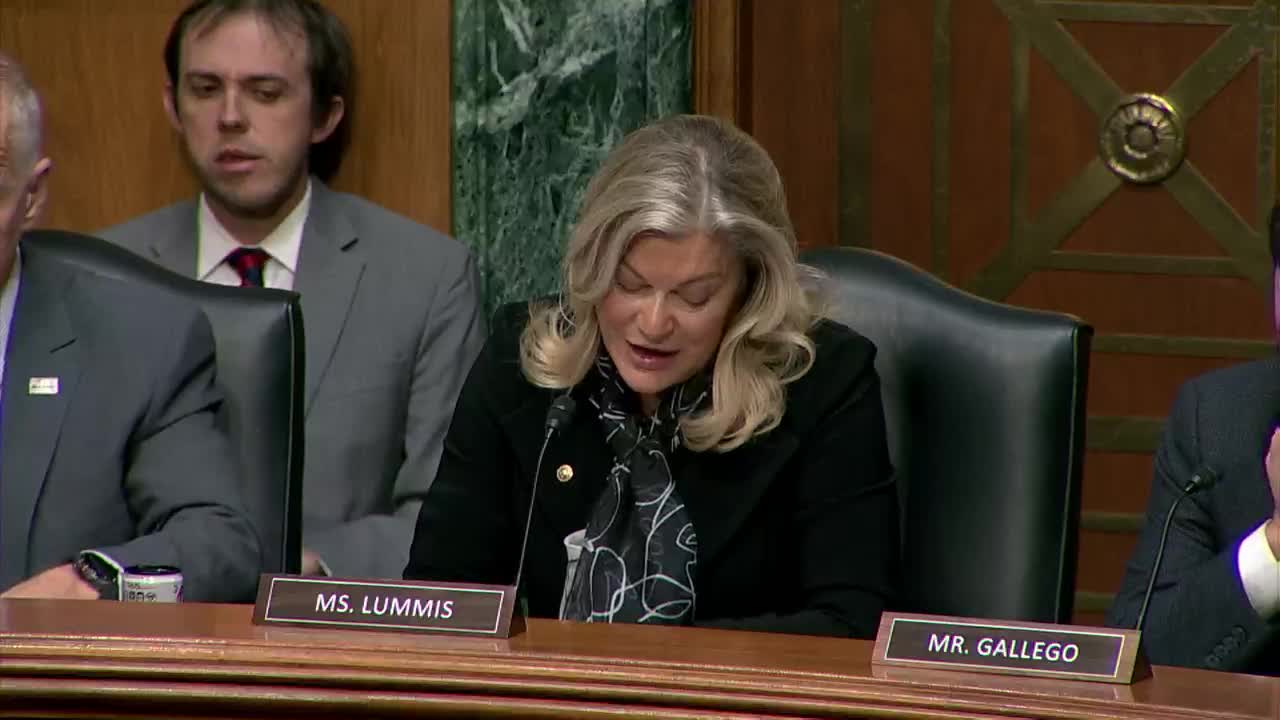
This article was created by AI using a video recording of the meeting. It summarizes the key points discussed, but for full details and context, please refer to the video of the full meeting. Link to Full Meeting
During the hearing, experts emphasized that stablecoins represent a new form of digital money that operates on blockchain technology. This allows for instant transactions worldwide without the need for complex clearing mechanisms typically associated with traditional banking systems. The ability to transact 24/7 with anyone who has access to a crypto wallet was noted as a significant advantage of stablecoins over existing electronic money.
A key point of discussion was the proposed Genius Act, which aims to establish common-sense prudential standards for stablecoins. The act includes important provisions such as requirements for reserves, redemption processes for issuers, and capital and liquidity standards. These measures are designed to ensure that stablecoins function effectively as reliable forms of money.
The hearing underscored the need for clear regulations regarding different types of stablecoin issuers, including how they should be chartered and registered. This regulatory framework is seen as essential for fostering trust and stability in the growing digital asset market.
As discussions continue, the implications of these legislative efforts could significantly shape the future of digital payments and the broader financial landscape.
Converted from Subcommittee Hearing: Exploring Bipartisan Legislative Frameworks for Digital Assets meeting on February 26, 2025
Link to Full Meeting
Comments
View full meeting
This article is based on a recent meeting—watch the full video and explore the complete transcript for deeper insights into the discussion.
View full meeting